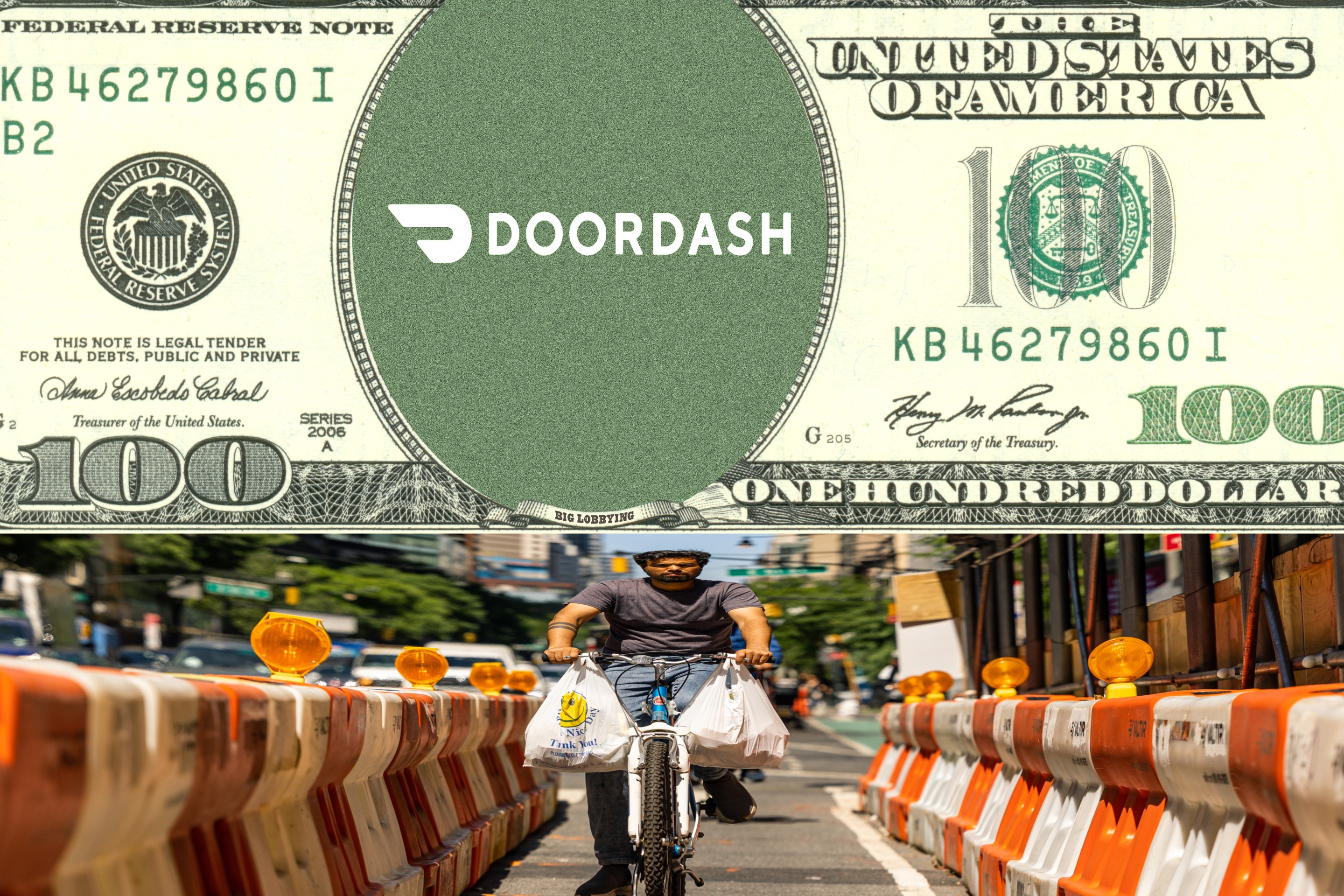With the Albany session over and legislative leaders failing to advance a bill to add 60 speed cameras in NYC, 2016 is going to be the first full calendar year since 2012 in which the city does not expand its automated speed enforcement program.

Advocates put together an impressive coalition for speed cameras, and they'll be back fighting for a better enforcement program next session. If it wasn't clear already, though, it is now: New York City has to implement street safety policy as if no help is coming from Albany. If the governor and legislative leaders come through in the future, so much the better. But their political calculus is too obscure and unpredictable to depend on.
The rollout of NYC's complement of 140 speed cameras coincided with a 22 percent decline in traffic deaths from 2013 to 2015. Without new speed cameras this year, DOT's street safety programs will have to shoulder more of the load to keep the positive trend going.
Despite a new city budget that grew by $3.6 billion dollars, however, DOT's street safety programs are not in line for much of a boost. The de Blasio administration failed to budget for the 25 percent increase in funding for low-cost, fast-build street redesigns that the City Council requested in the spring.
It's not like City Hall is scrounging around for loose change. The administration has set aside $325 million over the next few years for ferries (ferries projected to get fewer riders than the city's 40th-busiest bus route). And if you think the $2.5 billion BQX streetcar is really going to "pay for itself," I have a bridge over Newtown Creek to sell you. A budget boost for safe streets was just not a priority.
That leaves one resource the de Blasio administration can draw from to accelerate change on the streets: willpower. DOT may not have more money to spend, but the agency can do more with the money at its disposal if it has a firmer mandate from de Blasio to redesign dangerous streets.
The mayor showed how it's done last month when he told DOT to go ahead with the second phase of the Queens Boulevard redesign despite opposition from Queens Community Board 4. It helped that there's broad agreement that Queens Boulevard, as presently designed, is a disaster for the neighborhood, and the project enjoyed the backing of Council Member Dan Dromm. De Blasio probably picked up more votes in 2017 because he took a stand than if he had let DOT back down.
There are plenty of other projects where the administration should follow through on the mayor's assertion last December that "community boards don't get to decide" whether to move ahead with street safety projects.
The next one that could use a firm push is the redesign of 111th Street in Queens. Mothers in Corona are fighting for a safer route to Flushing Meadows Corona Park. Council Member Julissa Ferreras has backed the project. Only obstinate Community Board 4 and State Senator Francisco Moya stand in the way. If the mayor lets a solo Albany malcontent override residents who are marching in the street for safer walking and biking, the city's Vision Zero goals don't stand a chance.
Then there's the new priority emerging on 14th Street, where de Blasio can deliver a legacy-defining street transformation. The impending L train shutdown is creating unprecedented political momentum for reallocating street space to the most efficient modes of travel. To keep New Yorkers moving while the subway is out of commission, DOT will have to take steps to prioritize transit, biking, and walking on 14th Street that it hasn't taken anywhere else.
New York has too many streets like 14th -- wide, two-way arterials that DOT's 2010 Pedestrian Safety Study identified as exceptionally dangerous for pedestrians. Show how a street like that can function as a car-free thoroughfare with fast, reliable transit and safe bicycling and walking, and you'll open up new possibilities for the rest of New York's street network.





